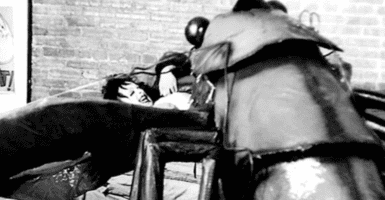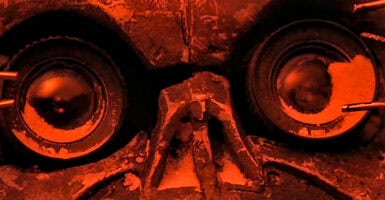Three Stars Vanish From The Sky And Astronomers Are Baffled
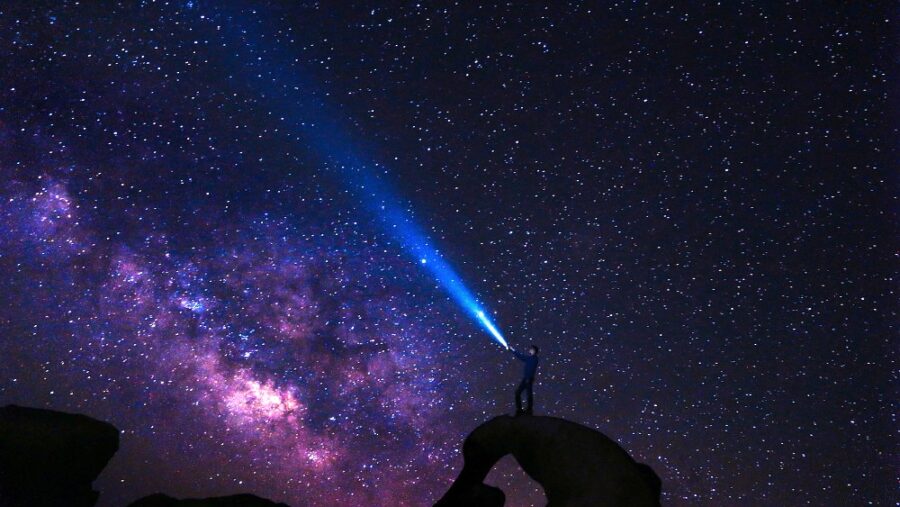
Three stars disappeared on July 19, 1952, and decades later, no one knows where they went. At the time, Palomar Observatory was carrying out a photographic survey of the night sky as part of an extensive project to capture multiple images of the same regions for various purposes, including the identification of asteroids. The imaging was unrelated to the stars that seemed to vanish.
Three Stars Vanish In 1952
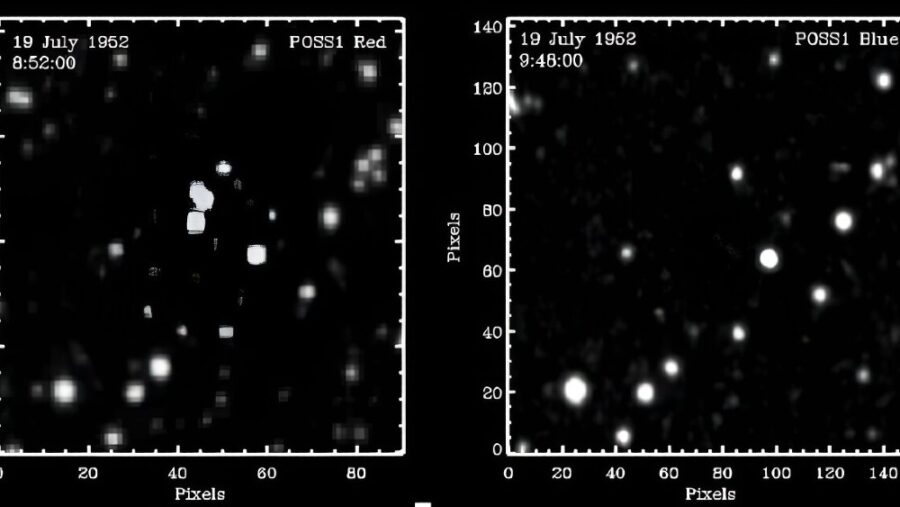
At approximately 8:52 PM, as reported by Phys Org, one of the photographic plates documented the presence of three stars clustered together, shining at a magnitude of 15, making them relatively bright on the image. However, at 9:45 PM, the same region of the sky was photographed once more, only to reveal that the three stars had inexplicably vanished.
But stars don’t simply vanish. They might explode in dramatic supernovae, fluctuate in brightness, or undergo various other transformations, but they do not disappear into thin air. However, the photographic evidence was irrefutable, with the stars present in the first image and absent in the second.
Astronomers Investigate The Mysterious Disappearance
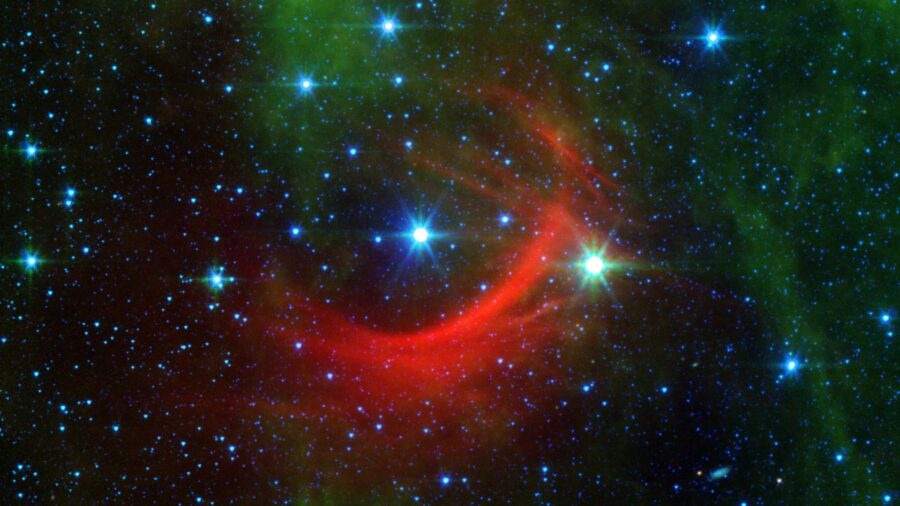
Astronomers conducted subsequent observations to figure out the mystery of the disappearing stars. But there were no traces of these stars dimming beyond a magnitude of 24, implying that their brightness dimmed by a staggering factor of 10,000 or more. One hypothesis suggests that the three stars that were seen to vanish were not a trio but a singular object.
The Black Hole Hypothesis
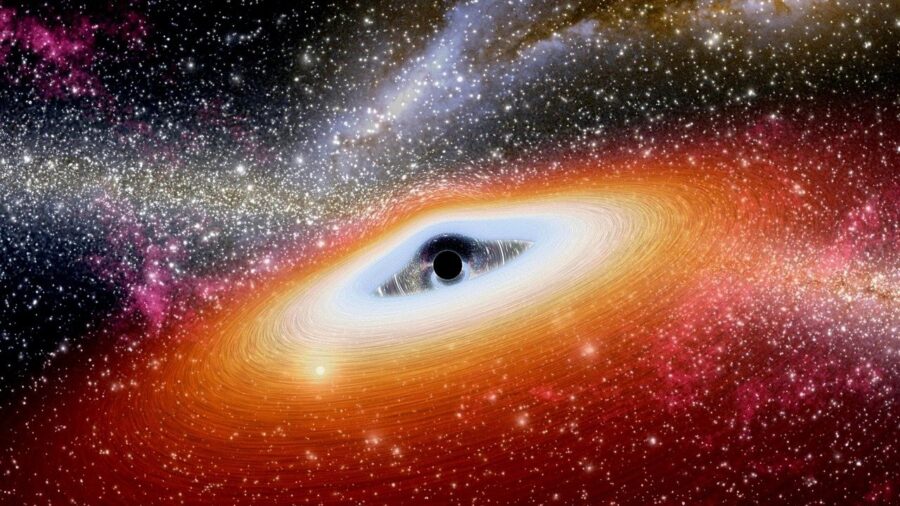
This theory proposes that a star experienced a brief, intense brightening, similar to a fast radio burst emanating from a magnetar. During this luminous episode, a stellar-mass black hole could have passed between the source and Earth, temporarily creating the illusion of three stars due to gravitational lensing. That means the stars didn’t vanish since they were never there to begin with.
Still, this scenario raises the issue of rarity, as such an event would be exceedingly uncommon. But there’s another twist – other photographic images taken during the 1950s also showcase multiple stars that seemed to vanish swiftly. In some instances, these stars are separated by a minute of arc, a phenomenon challenging to explain through gravitational lensing alone.
They Might Not Have Been Stars After All

Another theory is that stars were some other celestial objects, and since the three bright spots were situated within 10 arc seconds of each other, something must have triggered their brightening. Considering the 50-minute timespan between the two images, the speed of light and causality demand that these objects could not have been more than six astronomical units (two light-years) apart.
Or Was It Simply A Dust Spot?

This could imply that they were part of the Oort Cloud, where an event caused them to brighten simultaneously. Subsequent observations, or the lack thereof, could be attributed to their gradual drift along their orbits. A more logical explanation about the stars that seemed to vanish suggests that the bright spots might not have been celestial objects at all.
The Palomar Observatory is close to the New Mexico deserts, where nuclear weapons testing took place. Radioactive dust from these tests could have contaminated the photographic plates, resulting in bright spots in some images while leaving others unaffected. This theory makes the most sense since stars don’t just vanish. It could also explain why other stars observed from the same lab seemed to disappear in the 1950s.









